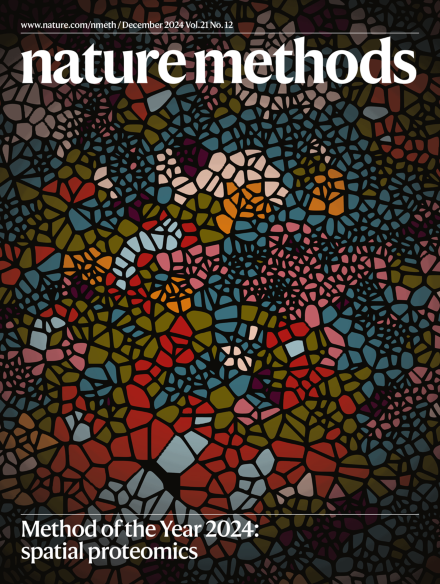
Read the December issue
Method of the Year 2024
Content-Length: 283443 | pFad | http://www.nature.com/nmeth
;ma=86400
Method of the Year 2024


We developed 4Pi-SIM, which integrates 4Pi microscopy with structured illumination microscopy to achieve isotropic optical resolution through interference in both illumination and detection. We demonstrate its capabilities by time-lapse volumetric imaging of various subcellular structures at 100-nm resolution.

Fetched URL: http://www.nature.com/nmeth
Alternative Proxies: